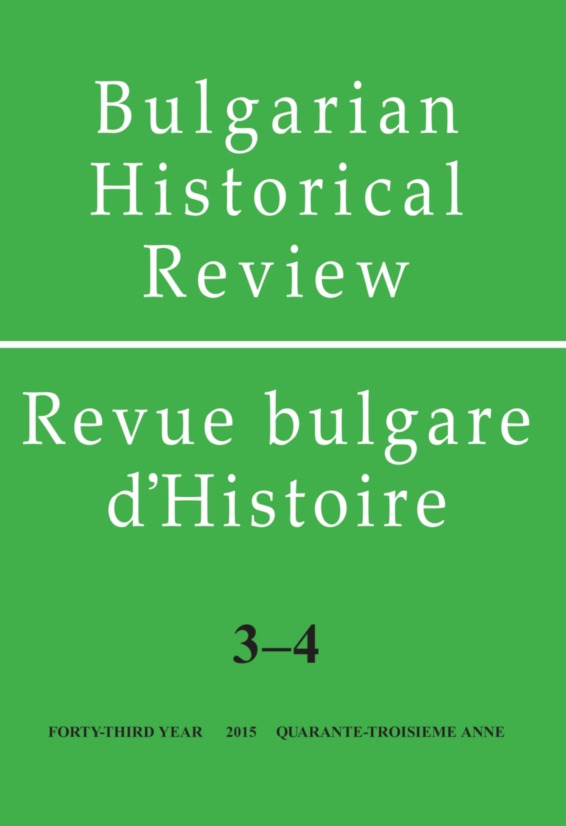Our Understanding of Religious Films; Technical and Administrative Problems from the Ottoman Period to the Present
Our Understanding of Religious Films; Technical and Administrative Problems from the Ottoman Period to the Present
Author(s): Nejdet GökSubject(s): History, Fine Arts / Performing Arts, Cultural history, Political history, Special Historiographies:, The Ottoman Empire, Film / Cinema / Cinematography
Published by: Институт за исторически изследвания - Българска академия на науките
Keywords: History; Cinema; Religious films; Turkey;
Summary/Abstract: It is necessary to discuss our understanding of films with religious themes or of religious films, from the Ottoman period to the present, by categorizing in itself. Since the first Ottoman film about the demolition of the San Stefano monument, directed by Fuat Uzkınay on November 14th, 1914, religious feelings have been represented together with national, historical and cultural feelings and values, beyond being a mere ideology. Starting with the Republican period, new mentalities and values emerged. Thus, we are confronted with fundamental changes in the understanding of the Turkish Cinema. In the first period between 1923 and 1950, the founding philosophy of the Turkish Republic and the dominant ideology of the single party period had a distinctive outlook in the understanding of religious and cultural films, as in all spheres. This period is called “The Period of the Private Production Companies”. The constant theme or the main theme of the religious films, which had very few examples until the 1950s during the multi-party period when the Democratic Party was in power, was the ridicule of religion, religious leaders and values. The unchanging characters for religious leaders, preachers and devout Muslims were portrayed as ignorant, unwise, narrow-minded, uncultured, quack, opportunist, dishonest, amulet seller, and exploiting the dead. From the beginning of the 50s, this understanding would change to some extent. The understanding of religious themed films in the Turkish cinema would gain a new momentum in the 60s, and from the 70s on, many more examples would emerge. The embargo and isolation policy applied on Turkey during and after the Cyprus Peace Operation; consequently, the revival of the religious and national feelings, and the government’s efforts in this direction induced a significant increase in the production of religious themed films. However, the 80s were like an interregnum not only for the religious films, but also for the intellectual films that reflected ideas apart from the dominant ideology. During the 80-90s, when Цzal was in power, as color televisions and private televisions came into our life, the religious film market livened up, and religious films were produced with higher qualities compared to the past. This period may be taken as a new beginning for the understanding of national and domestic cinema. Especially from the beginning of the 2000s, although the producers backed up by the religious foundations, associations, or the state considerably raised the quality, unfortunately, they have not reached the desired and expected level, yet. As a former administrator and expert in the Ministry of Culture, I believe that some problems are primarily required to be solved for the international quality in the production of religious films. The insufficiencies of technical infrastructure, of qualified personnel, of good actors, of educated and questioning audience, and of active consultants are the most significant problems of the present religious film sector.
Journal: Bulgarian Historical Review / Revue Bulgare d'Histoire
- Issue Year: 2015
- Issue No: 3-4
- Page Range: 136-155
- Page Count: 20
- Language: English
- Content File-PDF

